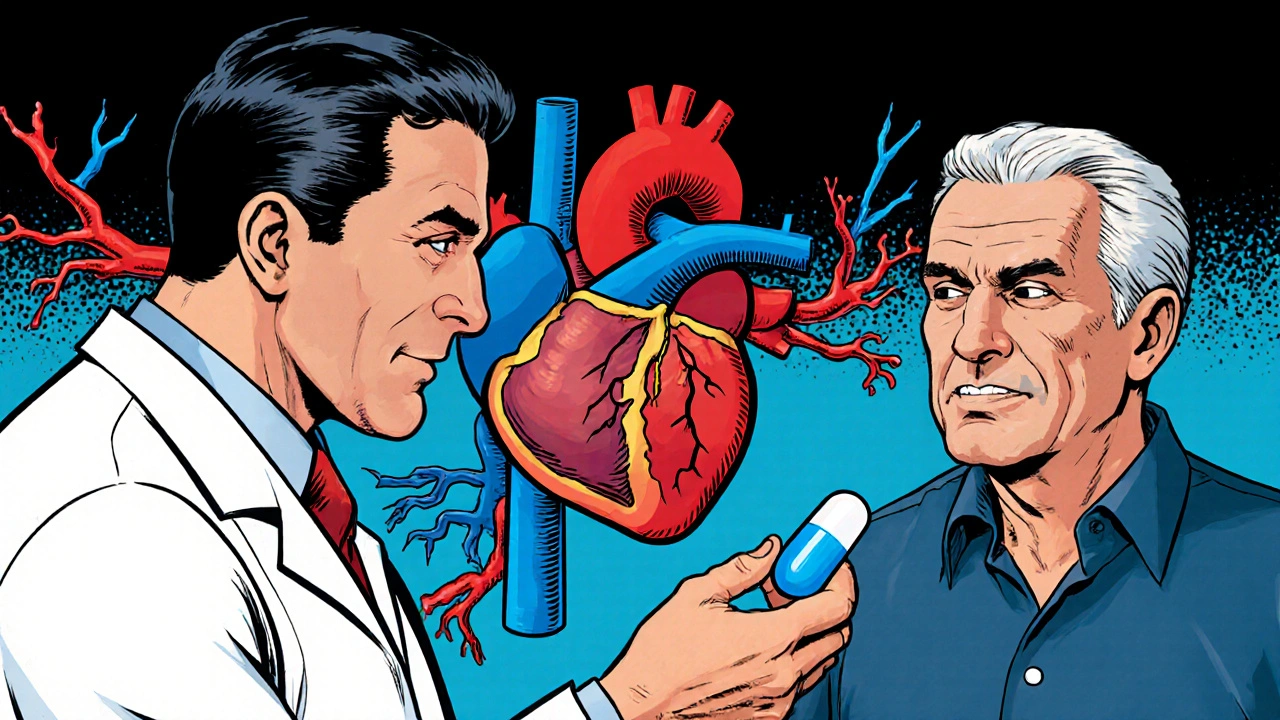Side effects: what to expect and how to handle them
Side effects are the most talked-about part of any drug—but they don’t have to scare you. Some meds cause mild, short-lived reactions like nausea or drowsiness. Others need quick action. This page helps you spot real problems, compare risks, and find reliable articles on specific drugs, from Dilantin to atorvastatin and lithium.
How to read side effect info
Start with the source. Product leaflets list side effects by frequency and severity—common ones first, rare ones later. Clinical names like "phenytoin" (Dilantin) or "atorvastatin" matter when you search. Look for clear signs: frequency (how often), severity (mild vs. serious), and timing (right away or after weeks?).
Match symptoms to timing. If you feel sleepy the first day after starting a statin, that’s different from sudden shortness of breath weeks later. Use the article titles on this tag to go deeper—some posts focus on sleep issues, others on allergic reactions or long-term risks.
Practical steps if you notice side effects
Don’t panic. First, check how serious the symptom is. Call emergency services for trouble breathing, swelling of the face or throat, chest pain, fainting, severe rash, or signs of liver trouble (yellow skin/eyes). For milder issues—headache, mild nausea, or temporary dizziness—call your prescriber or pharmacist before stopping the drug.
Keep a simple log: date, time, symptom, severity (1–10), and any other meds or alcohol. This helps your doctor decide if the drug should be adjusted, paused, or switched. For medicines that need monitoring—like lithium or anticonvulsants—bring recent blood results when you talk to your provider.
Check interactions. Some side effects come from mixing drugs, supplements, or foods. A quick call to your pharmacist can reveal dangerous combos. If you’re trying new supplements, mention those too—herbal products can cause real interactions.
Ask about alternatives and dose changes. Sometimes a lower dose, a different time of day, or switching brands cuts side effects without losing benefit. Examples on this site include sleep tips for atorvastatin users and alternative steroid choices to avoid certain risks.
Report what you find. National reporting systems (like FDA MedWatch in the U.S.) collect side effect reports. Your input helps identify rare but serious problems faster.
Want quick reads? Our tag links include practical guides: Dilantin side effects and management, atorvastatin and sleep, lithium safety, emergency contraception side effects, and more. Each article focuses on real signs, real steps, and what your prescriber should check.
Last tip: keep a single list of current meds and allergies on your phone and carry it to every appointment. It saves time and can prevent dangerous mistakes.
If you’re unsure about any symptom, trust your instincts—call your provider. Small questions now can prevent big problems later.
Lisinopril and Erectile Dysfunction: What the Research Shows
Explore the possible link between Lisinopril and erectile dysfunction, review the science, compare side effects, and learn how to manage sexual health while treating high blood pressure.
Coumadin: Everything You Need to Know About Warfarin Blood Thinner
Get the real story on Coumadin (warfarin), one of the most widely used blood thinners. Find out how it works, why doctors prescribe it, the everyday challenges that come with it, and tips to live well with this medication. If you've ever felt lost reading about anticoagulants, this guide will help clear things up with straight facts and real-life advice.
Mamagra Gold Online Prescription: Uses, Dosage, and Effects
Mamagra Gold, containing Sildenafil, is commonly prescribed for managing erectile dysfunction. This article explores its medical uses, potential side effects, and drug interactions. Readers will also learn about the typical dosages recommended for safe use and some practical tips for obtaining prescriptions online. Discover why understanding these aspects is crucial for effective treatment and patient safety.



